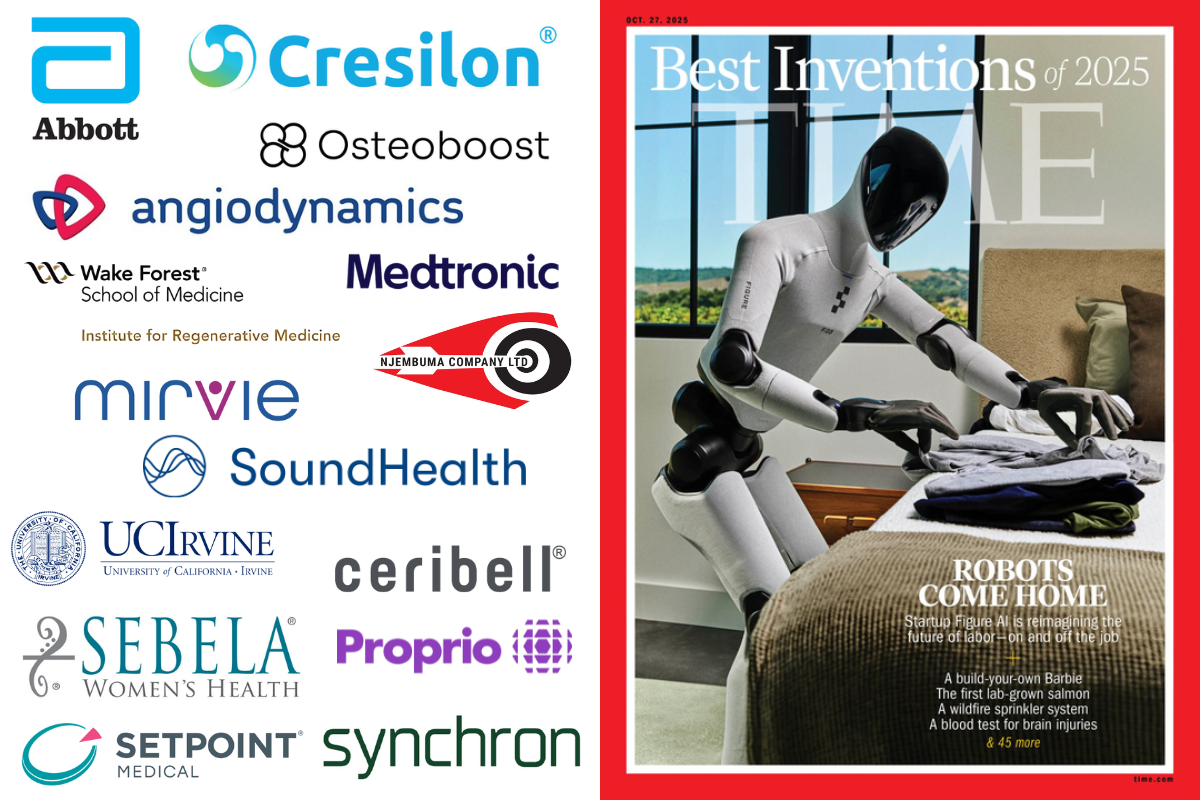There has been a remarkable surge in the adoption of digital health technologies (DHTs) in clinical trials over the past decade.
For instance, the relative use of DHTs in clinical trials for four chronic neurological disorders, epilepsy, multiple sclerosis, Alzheimer’s disease and Parkinson’s disease, was found to increase from 0.7% in 2010 to 11.4% in 2020. This illustrates a significant shift towards remote data collection and continuous monitoring of patient outcomes.
Wearable sensors, mobile apps and remote monitoring devices are now becoming more integral in capturing real‐time, patient-centric data that traditional in‐clinic measurements could often miss. Such digital approaches not only enhance the level of detail in the collected data but also help enable decentralized trial designs, potentially reducing logistical barriers and increasing patient participation.
The FDA has undertaken proactive measures to simplify the regulatory landscape for digital tools used in trials.
Notably, the regulatory agency has issued guidance on “Digital Health Technologies for Remote Data Acquisition in Clinical Investigations,” emphasizing rigorous verification, validation and usability evaluations to ensure that these technologies are fit for purpose.
Additional initiatives by the FDA include the establishment of the DHT Steering Committee, regular public meetings and early engagement programs under the Prescription Drug User Fee Act (PDUFA VII) to facilitate dialogue between sponsors and regulators.
These efforts aim to speed up the integration of innovative digital endpoints while promoting a more patient-centric and efficient clinical trial environment.
In this Xtalks Clinical Edge™ interview, Elizabeth Kunkoski, Health Science Policy Analyst at CDER, FDA, and Leonard Sacks, Associate Director, Office of Medical Policy at CDER, FDA, discuss the impact of DHTs in clinical trials.
Their discussion covers rigorous evaluation processes, strategies for enhancing patient engagement, challenges in endpoint development and future innovation priorities.
XTALKS CLINICAL EDGE™: Issue 4 — Interview with the FDA
Xtalks Clinical Edge™ is a magazine for clinical research professionals and all who want to be informed about the latest trends and happenings in clinical trials. This magazine immerses you in a world where industry leaders, patient advocates and top researchers converge to provide the most insightful perspectives on clinical trials.
Ensuring Reliability Through Verification, Validation and Usability Evaluations
The two experts from CDER provide valuable insights into the evaluation process that supports the reliability of these tools.
It’s important to ensure that digital health devices function as intended while accurately capturing clinically meaningful data.
Kunkoski explains that the agency emphasizes rigorous verification and validation to ensure that a device is “fit for purpose.” She details that verification involves confirming that a sensor meets its performance specifications, while validation is divided into analytical and clinical phases.
Analytical validation ensures that raw data — such as acceleration data translated into step counts — is accurate, whereas clinical validation assesses whether the measurement is meaningful for a specific endpoint and patient population.
Moreover, Kunkoski notes that usability evaluations are essential to confirm that participants can operate the technology correctly, thereby safeguarding data integrity during clinical investigations.
Sacks further emphasizes that in addition to technical accuracy, the real-world utility of DHTs ultimately depends on user interaction; as he puts it, “if patients don’t use these things properly, they’re not going to be of any value.”
Together, their perspectives show the FDA’s stringent evaluation process. By integrating thorough verification, analytical and clinical validation and targeted usability assessments, the agency aims to ensure that DHTs deliver reliable, actionable data in clinical trials.
Enhancing Patient Engagement and Broadening Participation in Clinical Trials
Enhancing patient engagement and broadening participation in clinical trials is a critical aspect of modern clinical research, especially when integrating DHTs.
DHTs facilitate remote participation, which not only makes it easier for patients to contribute data from the comfort of their homes but also opens up clinical trial opportunities to groups that have historically been underrepresented.
As Kunkoski explains, “The patient doesn’t have to come into the clinic, and we really think we can reach some different patient groups that we are not otherwise able to reach, like different populations, older adults, individuals with disabilities or those that are juggling home or childcare or work responsibilities or live far from research facilities.”
This approach improves convenience and reduces the burden on participants. It also enhances the generalizability of study outcomes by capturing a broader spectrum of real-world experiences.
Sacks further emphasizes the importance of these strategies, saying, “The use of DHTs is one of the strategies which allows us to get data directly from patients who don’t have to come into clinic sites.”
By enabling remote data collection, DHTs help overcome geographical and logistical barriers that can limit trial participation.
These insights show how DHTs can transform clinical trials into more inclusive, patient-centric studies that enhance recruitment and retention. They can also ensure that trial populations more accurately represent the target population of the real-world patients who will use the medical product.
Justifying Novel Endpoints Derived from DHT Data
When it comes to establishing clinical trial endpoints based on DHT data, both experts agree that the process is similar to that for any novel endpoint.
Sponsors must justify that the endpoint is clinically meaningful and that the DHT used to collect the data has undergone rigorous verification and validation. This involves confirming that the device can reliably capture the necessary data and ensuring that the measurement truly reflects the underlying clinical event or outcome.
Kunkoski points out that sponsors should “engage a wide array of stakeholders — patients, caregivers, clinicians, engineers, statisticians and regulators — to build a robust body of evidence that supports the new endpoint.”
This collaborative approach is crucial because it ensures that all perspectives are considered in validating the endpoint’s relevance, from the patient experience to the technical accuracy of the measurement.
In addition, sponsors need to develop detailed analytical plans that address potential issues, such as handling missing data and accounting for variability in continuous measurements — challenges that are particularly pronounced with data types like step counts or daily activity levels.
As Sacks explains, “In some cases we’re measuring things which haven’t been measured before. So there’s no standard metric for comparison and one has to develop a body of evidence that supports their clinical validity.”
By addressing challenges such as establishing standard metrics, handling missing data and accounting for variability in continuous measurements, sponsors can build the necessary confidence among regulators that DHT-derived endpoints are both innovative and reliable measures of treatment efficacy.













Join or login to leave a comment
JOIN LOGIN